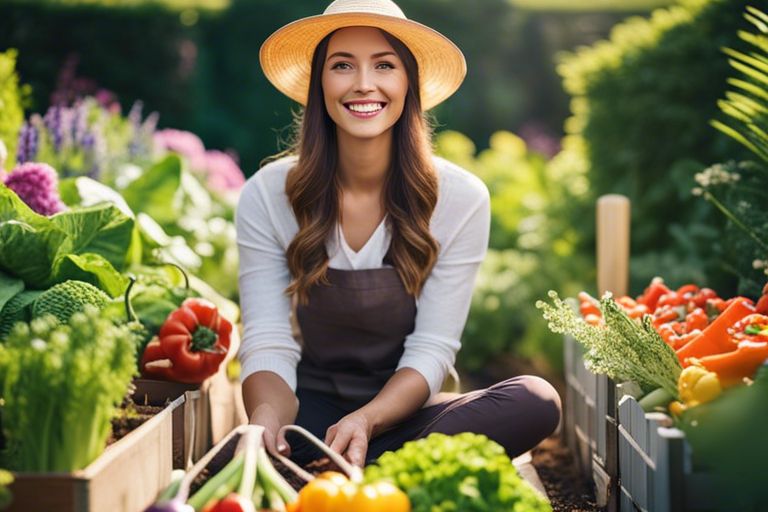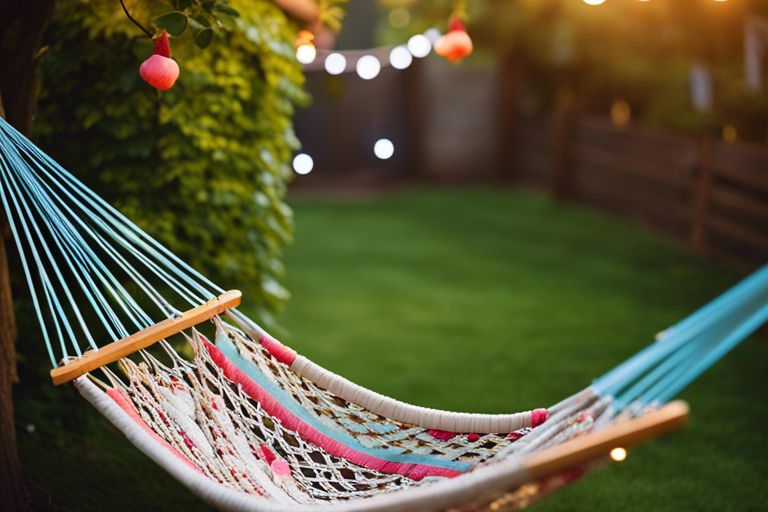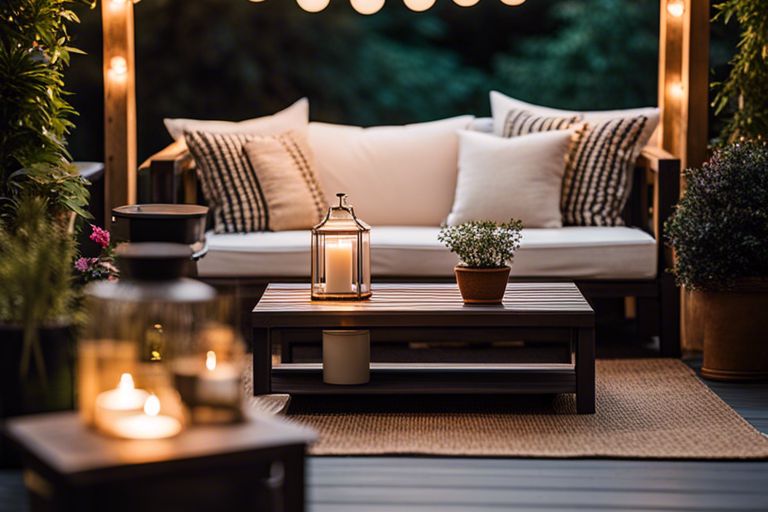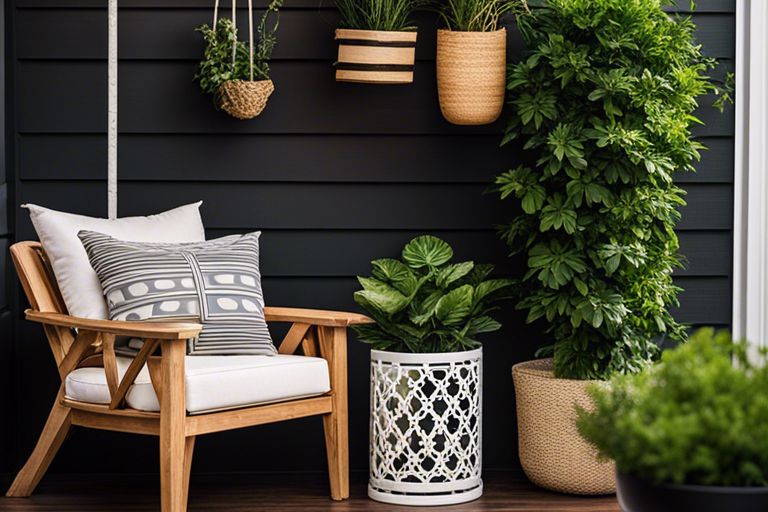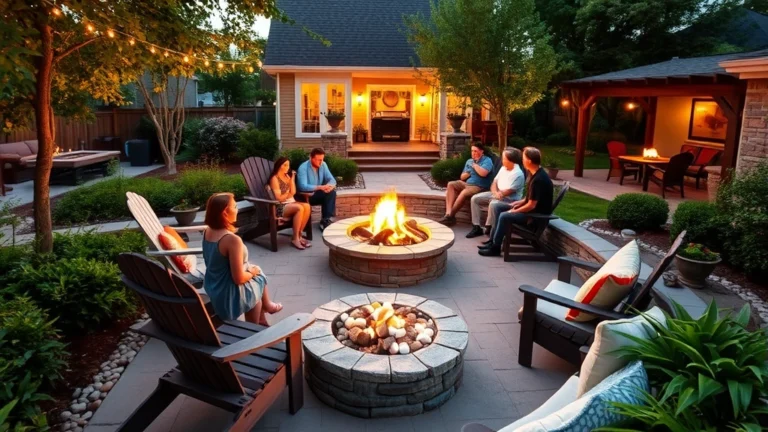50 Best Homesteading Garden Layout
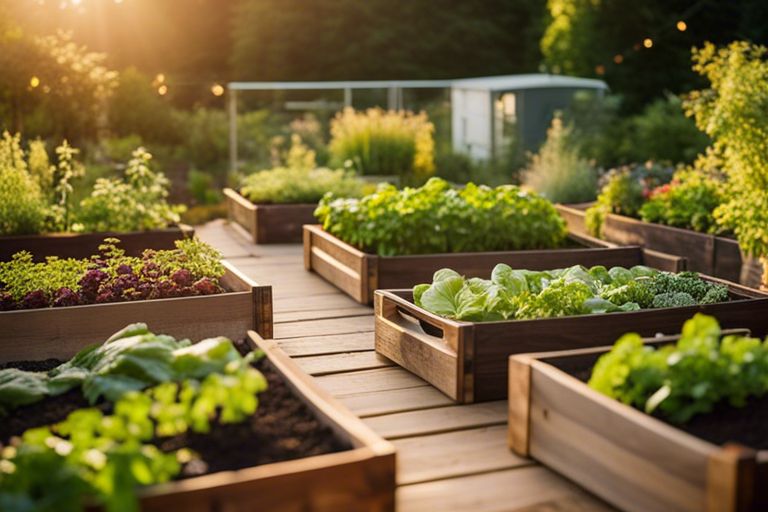
Sustainable living on a homestead requires a well-planned garden layout. As you initiate on this journey, I will guide you through the 50 best homesteading garden layouts to maximize your harvest.
From raised beds to companion planting, you will learn how to make the most of your space while enhancing your yield.
Let’s probe into these practical and inspiring layouts to create your own piece of self-sufficient paradise.
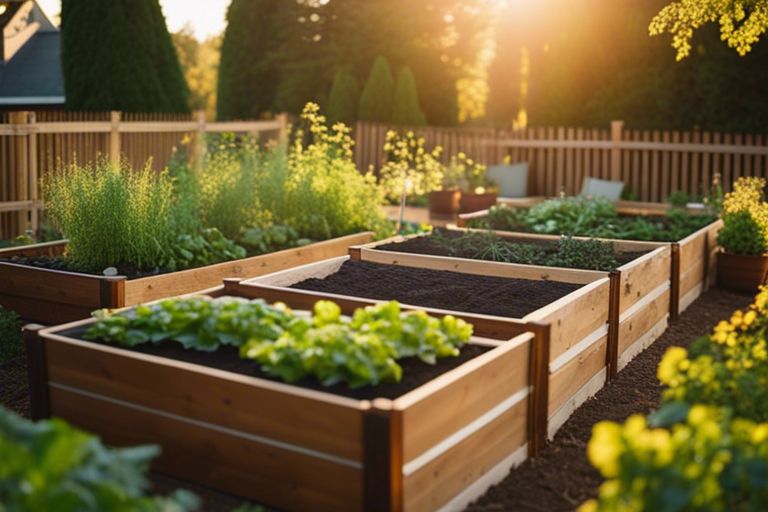
Planning Your Homesteading Garden

For the best homesteading garden layout, it’s necessary to start with careful planning. This will ensure that your garden is productive, efficient, and suits your needs. In this chapter, I will guide you through the steps of planning your homesteading garden to make the most out of your space and resources.
Assessing Your Yard and Climate
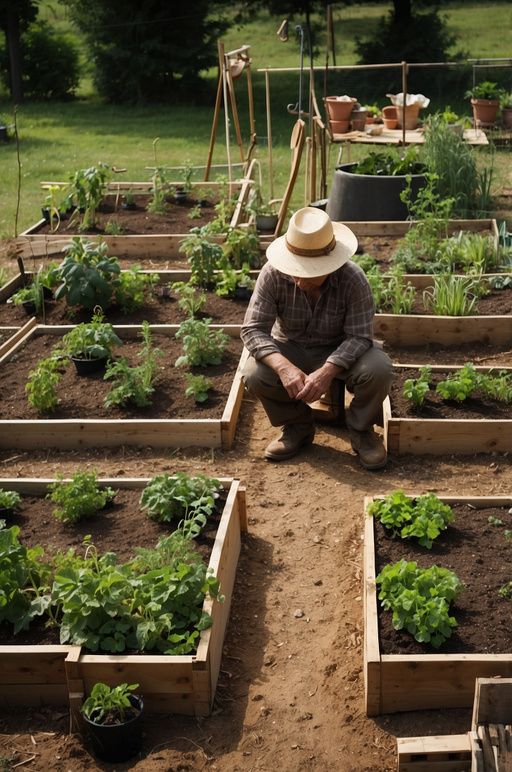
Any successful garden starts with a good understanding of your yard and climate. Take a look at your available space, noting areas that receive full sun, partial sun, or shade. This will help you determine where to plant different crops based on their sunlight needs. Consider the topography of your yard as well, as this can impact water drainage and soil quality.
Setting Garden Goals and Objectives
Climate plays a crucial role in determining the type of crops that will thrive in your homesteading garden. Consider the average temperature, rainfall patterns, and frost dates in your area when selecting plants. Setting clear goals and objectives for your garden will help you stay focused and organized. Think about whether you want to grow food for your family, herbs for cooking, or flowers for cutting and design your garden layout accordingly.
Choosing the Right Garden Layout
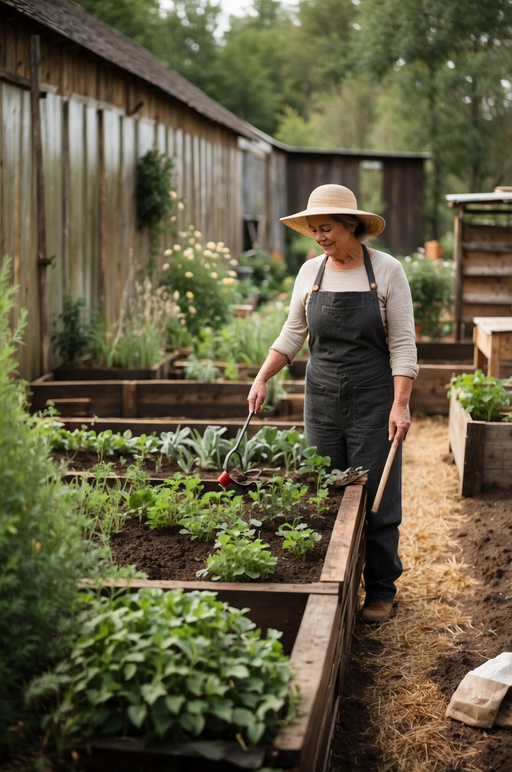
Now let’s talk about choosing the right garden layout for your homestead. This decision will depend on various factors, including the space available, the crops you want to grow, and your personal preferences.
Rectangular vs. Square vs. Circular Gardens
Circular gardens can create a visually appealing design and allow for easy access to all areas of the garden. On the other hand, rectangular gardens are more traditional and can be easier to manage in terms of planting in rows and keeping track of crops. Square gardens are a great compromise between the two, offering a balance of aesthetics and practicality.
Considering Pathways and Accessibility
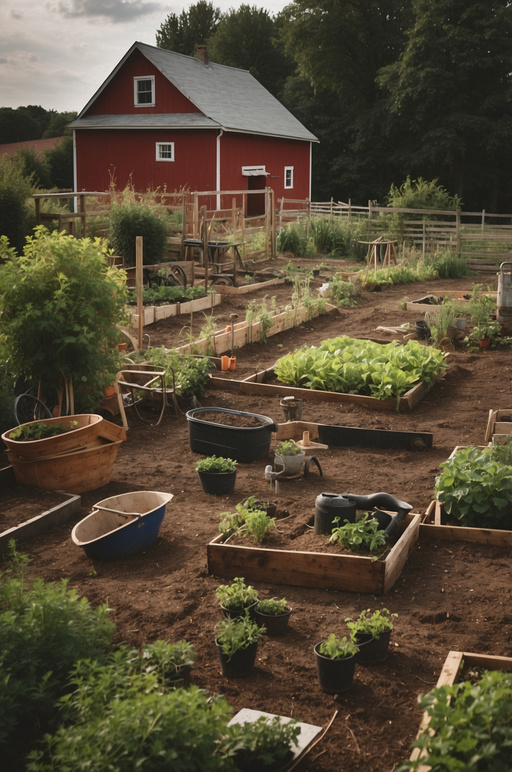
Gardens should have clearly defined pathways to make it easy for you to navigate and work in the garden. Consider the width of pathways based on the tools you use and whether you need space for a wheelbarrow or other equipment. Accessibility is key for a successful and enjoyable gardening experience.
Incorporating Companion Planting
To maximize the health and yield of your crops, consider incorporating companion planting in your garden layout. This technique involves planting certain crops together to benefit each other in terms of pest control, pollination, and nutrient uptake. For example, planting marigolds alongside tomatoes can help deter pests and improve the overall health of your tomato plants.
Planting
When planning your garden layout, think about which plants work well together and which ones should be kept apart. This careful consideration can make a big difference in the success of your garden. By planting with companion planting in mind, you can create a thriving and harmonious garden ecosystem.
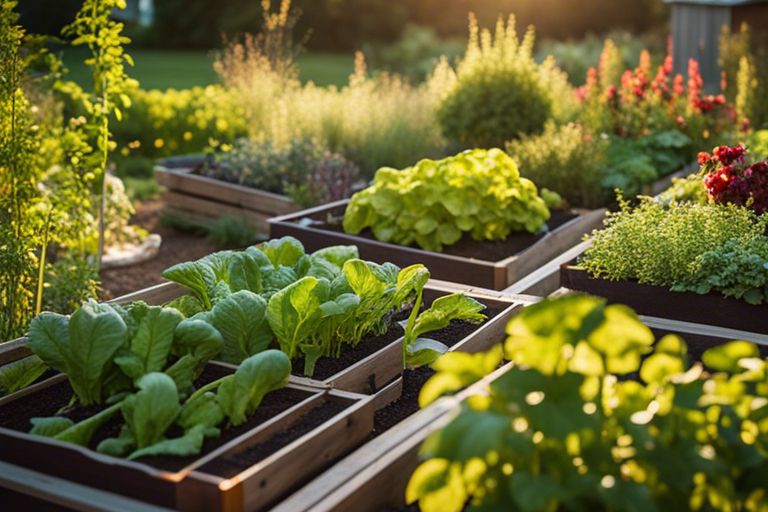
Small-Scale Homesteading Gardens

Not everyone has acres of land to dedicate to their homesteading dreams. If you’re working with a smaller space, there are still plenty of ways to create a bountiful garden that meets your needs.
Container Gardening for Small Spaces
The key to successful container gardening is choosing the right containers and soil. Containers should have drainage holes to prevent waterlogging, and use a high-quality potting mix to provide crucial nutrients for your plants. You can grow a variety of vegetables and herbs in containers, making it ideal for small spaces like balconies or patios.
Vertical Gardening for Maximum Yield
With vertical gardening, you can maximize your growing space by utilizing walls, fences, or trellises. By growing plants vertically, you can increase your yield and create a visually appealing garden. Consider planting vining crops like tomatoes, cucumbers, or beans that naturally grow upwards.
A trellis or vertical garden structure can also provide shade for plants that prefer cooler temperatures or partial sunlight.
Mini-Gardens for Apartments and Balconies
A great way to bring the homesteading spirit to your apartment or balcony is by creating mini-gardens in small containers. You can grow herbs, lettuces, cherry tomatoes, and peppers in compact spaces with the right amount of sunlight.
Mini-gardens are perfect for beginners or those with limited time as they require less maintenance than traditional gardens. They can also be easily moved around to follow the sun or protect plants from harsh weather conditions.
Container gardening allows you to grow a variety of plants in small spaces, making it a versatile option for urban homesteaders. Whether you have a sunny window sill or a tiny balcony, you can still enjoy the benefits of homegrown produce.

Large-Scale Homesteading Gardens
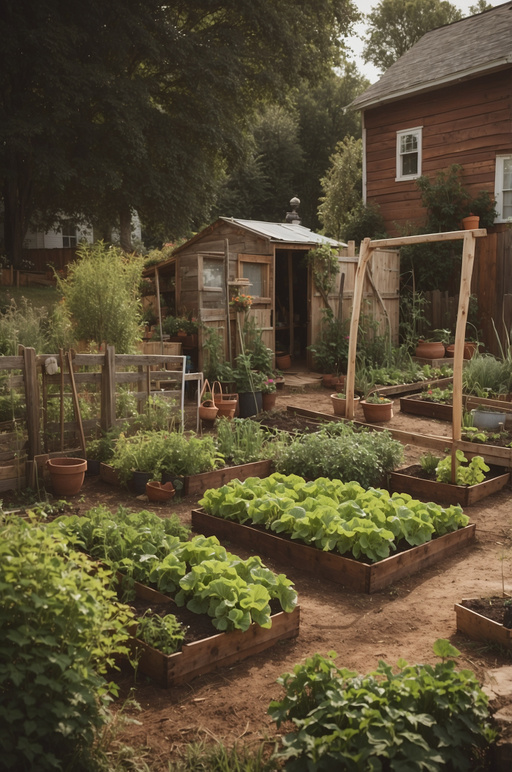
Designing for Maximum Space Efficiency
For large-scale homesteading gardens, maximizing space efficiency is necessary. **Utilize raised beds** to make the most of your available space and improve drainage. **Consider vertical gardening** to grow more plants in a smaller footprint. **Companion planting** can also help you make the most of your garden layout by grouping plants that benefit each other.
Incorporating Crop Rotation and Intercropping
Intercropping and crop rotation are key strategies for large-scale homesteading gardens. **Interplanting different crops together** can maximize space and **promote healthier soil**. By **rotating your crops** each season, you can help **prevent soil-borne diseases** and **maintain soil fertility**. **Mixing in nitrogen-fixing plants** like legumes can also improve soil health and reduce the need for synthetic fertilizers.
Intercropping can help you make the most of your garden space by planting complementary crops together.
Using Permaculture Principles
Using permaculture principles in your large-scale homesteading garden can help create a **sustainable and self-sufficient ecosystem**. **Designing with biodiversity** in mind can **improve pest control** and **increase overall resilience**. **Mulching and composting** can help **nourish your soil naturally** and **reduce the need for chemical inputs**. **Water catchment systems** and **rain gardens** can also help you **conserve water** and **reduce runoff**.
This holistic approach to gardening focuses on creating a balanced and harmonious environment that benefits both you and the ecosystem as a whole.
Incorporating Water Features and Irrigation
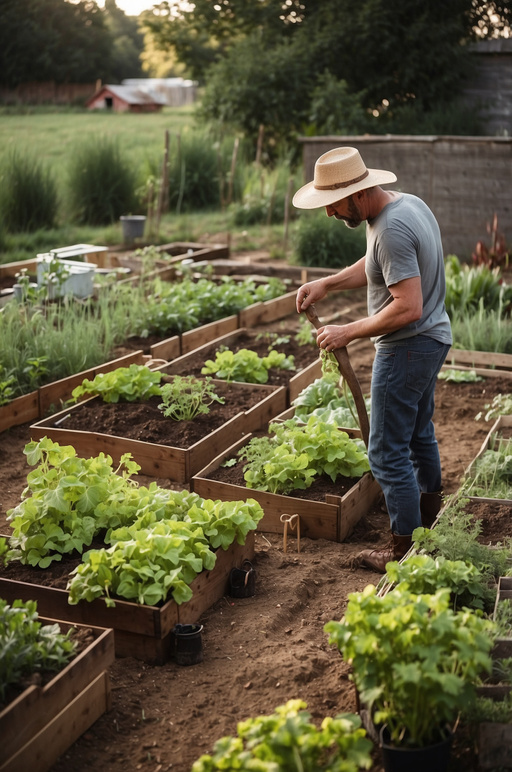
To enhance your homesteading garden layout, consider incorporating water features and efficient irrigation systems. These elements not only add beauty to your garden but also help sustain your plants during dry spells.
Building a Rainwater Harvesting System
An imperative component of a sustainable garden is a rainwater harvesting system. **I** recommend setting up a system to collect rainwater from your roof into barrels or tanks. This collected water can then be used to irrigate your garden, reducing your reliance on municipal water sources.
Designing Efficient Irrigation Systems
An efficient irrigation system is crucial for maintaining a healthy garden while conserving water. **I** suggest installing drip irrigation or soaker hoses to deliver water directly to the base of your plants, minimizing evaporation and runoff. Mulching around your plants can also help retain moisture and reduce the need for frequent watering.
Features: By designing an efficient irrigation system, you can save time and resources while ensuring that your plants receive the water they need to thrive.
Creating a Pond or Fountain
To add a touch of tranquility to your homesteading garden, consider creating a pond or fountain. **I**t can serve as a focal point in your garden and provide a source of water for wildlife. Additionally, a pond can help regulate temperature and humidity levels in your garden, benefiting your plants.
Irrigation: Incorporating a pond or fountain into your garden design can enhance its aesthetic appeal while also improving the overall ecosystem.
Adding Structures and Decorations
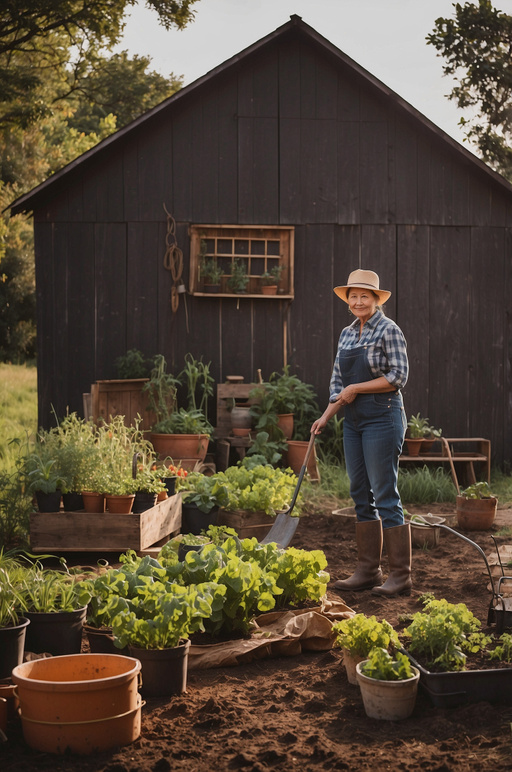
Many homesteaders find joy in enhancing their garden layout with structures and decorations that not only add visual appeal but also serve practical purposes. From garden sheds to decorative statues, there are countless ways to personalize your garden space to reflect your unique style and needs.
Building a Garden Shed or Greenhouse
To truly make the most of your homesteading garden, consider adding a garden shed or greenhouse to your layout. These structures not only provide extra storage space for your tools and supplies but also allow you to extend your growing season and cultivate a wider variety of plants throughout the year. Whether you prefer a quaint wooden shed or a sturdy greenhouse made of glass, incorporating these structures can greatly enhance the functionality and aesthetics of your garden.
Incorporating Composting and Recycling
To foster a sustainable gardening practice, consider incorporating composting and recycling systems into your garden layout. Composting allows you to recycle organic waste from your kitchen and garden, turning it into nutrient-rich soil for your plants. Recycling rainwater and implementing a system for reusing materials can also help minimize waste and reduce your environmental impact.
It is vital to be mindful of the materials you use in your garden and how you dispose of waste to create a more eco-friendly and self-sustaining homestead garden.
Adding Decorative Elements like Statues and Benches
The addition of decorative elements like statues, benches, and birdbaths can transform your garden into a tranquil oasis that invites relaxation and contemplation. These accents not only add visual interest but also provide functional seating and focal points for your garden. For instance, a charming garden gnome statue or a whimsical bird feeder can inject personality into your outdoor space and delight visitors of all ages.
For instance, positioning a bench under a shady tree or near a blooming flower bed can create a serene spot for you to enjoy the beauty of your garden while taking a moment to rest and rejuvenate.
To wrap up
Now that we’ve explored the 50 best homesteading garden layouts, I hope you feel inspired to create your own little piece of paradise right in your backyard. Do not forget, when planning your garden, consider factors like sunlight, soil quality, and water accessibility to ensure the success of your crops. Whether you’re a seasoned gardener or just starting out, there’s a layout that’s perfect for you and your homesteading needs.

